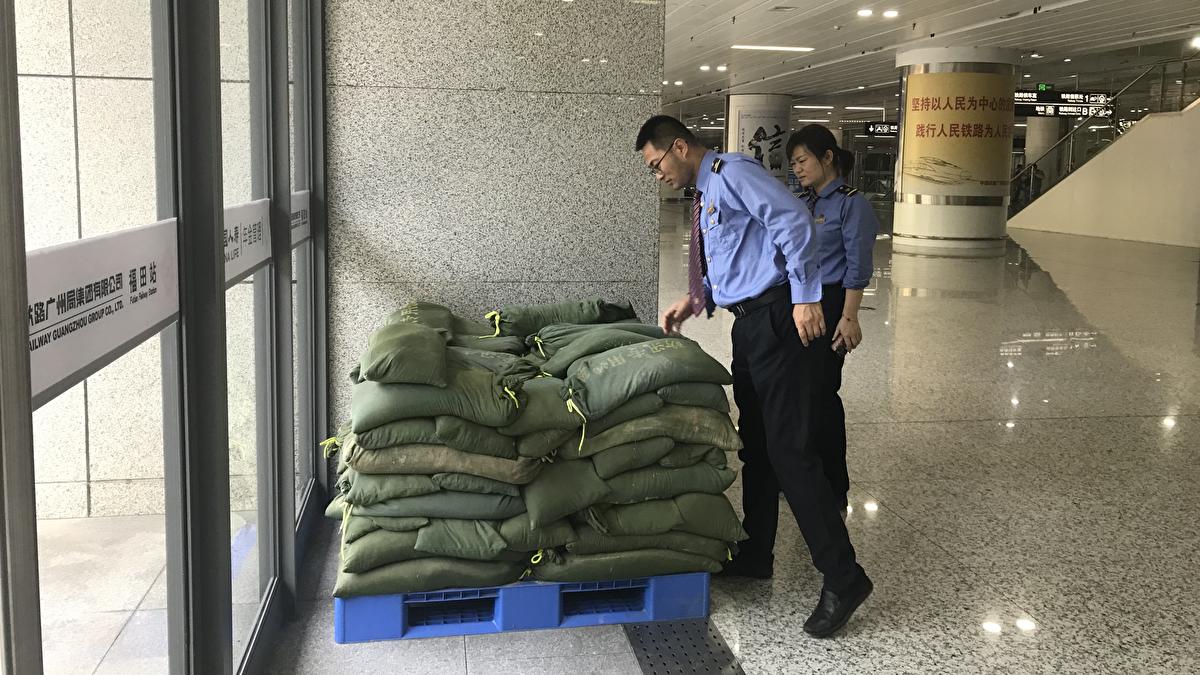
HAIKOU – South China's Hainan and Guangdong provinces were in high alert as Typhoon Wipha entered the South China Sea, bringing strong gales and heavy rains to the two provinces.
Hainan activated a Level IV emergency response at 9 am Saturday, while Guangdong upgraded its emergency response from Level IV to Level II at 11 am.
According to the Hainan Meteorological Service, Typhoon Wipha intensified from a tropical storm to a strong tropical storm in the early hours of Saturday. At 8 am, its center was located in the northeastern part of the South China Sea, at approximately 930 kilometers east of Wenchang City of Hainan.
ALSO READ: Typhoon Wipha: HK mulls issuing T8 signal in small hours of Sunday
The Hainan Meteorological Service estimated that Wipha is advancing northwest at a speed of approximately 20 kilometers per hour while gaining strength. It is approaching the coastal areas stretching from Shenzhen in Guangdong to Wenchang in Hainan, and is likely to make landfall in these areas between Sunday afternoon and nighttime.
Due to its impact, from Saturday to July 22, most sea areas and land regions in Hainan will experience rainstorms and strong winds.
Additionally, the Qiongzhou Strait between Guangdong and Hainan may face prolonged suspensions of shipping operations from Sunday until July 22.
Haikou, the capital city of Hainan, may experience severe waterlogging. Meanwhile, Guangdong is bracing for strong thunderstorms, gales and tidal waves.
READ MORE: Severe tropical storm Wipha blows away from Philippines
Additionally, Guangdong has maintained specialized rescue vessels and helicopters, along with high-power tugboats and cleanup vessels on standby.
China has a four-tier emergency response system for typhoons, with Level I being the most severe.


